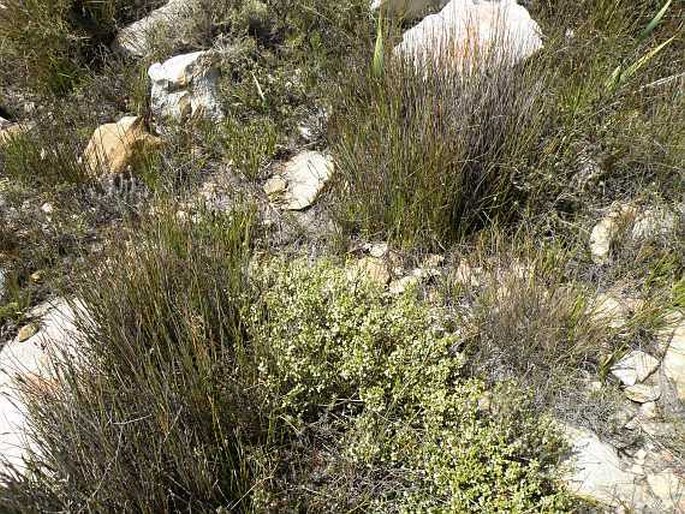
Spore syringes are small, handheld devices utilized to collect and deposit fungal spores on various surfaces with great precision. This versatile tool has become a fundamental component of modern fungal research, offering scientists a precise method of handling and transferring spores for research purposes. In this article, we will explore the role of spore syringes in fungal research, highlighting their benefits, applications, and the impact they have on advancing our understanding of fungi.
One of the primary advantages of spore syringes is their ability to provide a high level of precision when collecting and depositing fungal spores. Unlike traditional methods, which often rely on manually scraping or teasing out spores from fungal structures, spore syringes allow researchers to isolate individual spores or collect small samples with great accuracy and precision. This level of precision is critical in fungal research, as it enables scientists to study the morphological and physiological characteristics of individual spores, which can display subtle differences within a population.
Spore syringes are commonly used in various research fields and areas, including the study of fungal ecology, evolution, and systematics. By using spore syringes to collect and deposit spores, researchers can accurately reconstruct fungal life cycles and track the movement of fungal species within ecosystems. This information can be useful and informative in understanding the complex interactions between fungi and their environments.
In addition to their role in ecological research, spore syringes are also essential tools in fungal systematics. By using spore syringes to collect and compare spore morphology, scientists can accurately distinguish fungal species with greater accuracy. This level of precision is critical in understanding the relationships between fungal species and the evolution of fungal lineages.
The use of spore syringes in fungal research has also enabled the development of new methods for investigating fungal development and reproduction. By using spore syringes to deposit spores onto nutrient-rich surfaces, researchers can observe the germination and growth of individual fungal cultures. This level of control allows scientists to study the morphological, physiological, and biochemical processes that govern fungal development, providing valuable insights into the biology of these organisms.
In conclusion, the role of spore syringes in fungal research is a critical one. By providing a precise method of collecting and depositing fungal spores, these devices have enabled scientists to advance our understanding of fungal biology, ecology, and systematics. The applications of spore syringes are far-reaching and extensive, sporenspritze herstellen and their impact on fungal research is likely to be felt for many years to come.